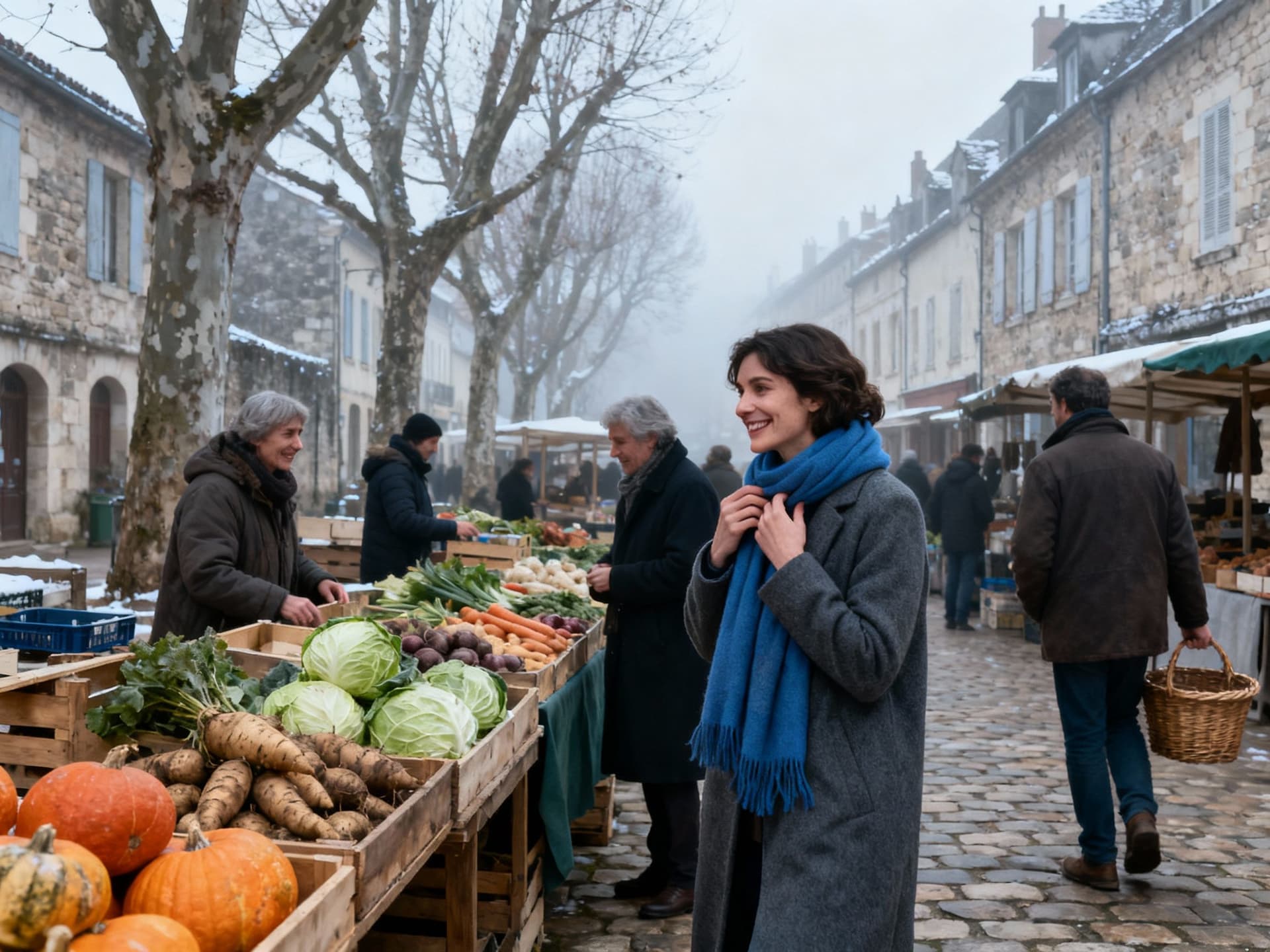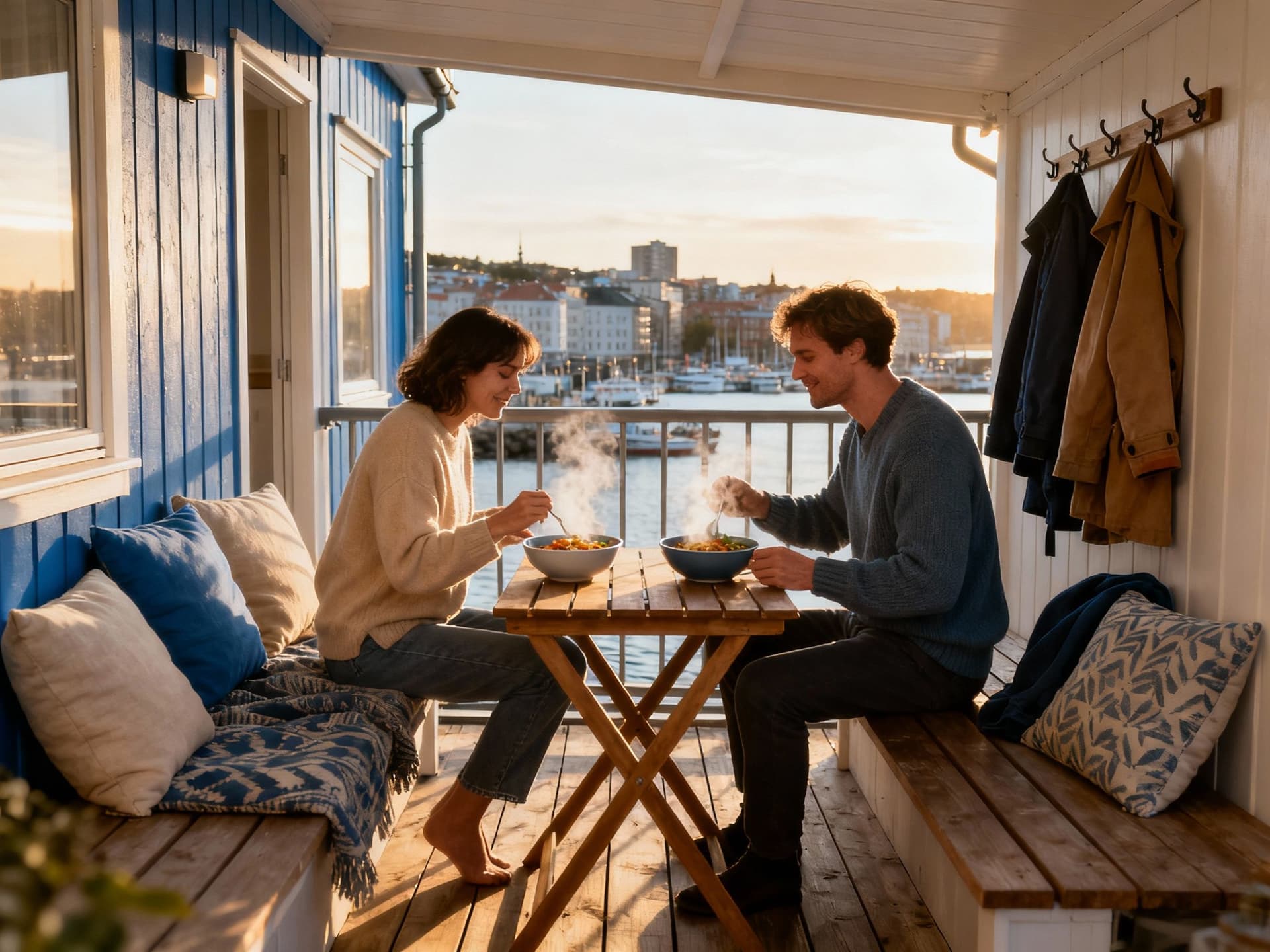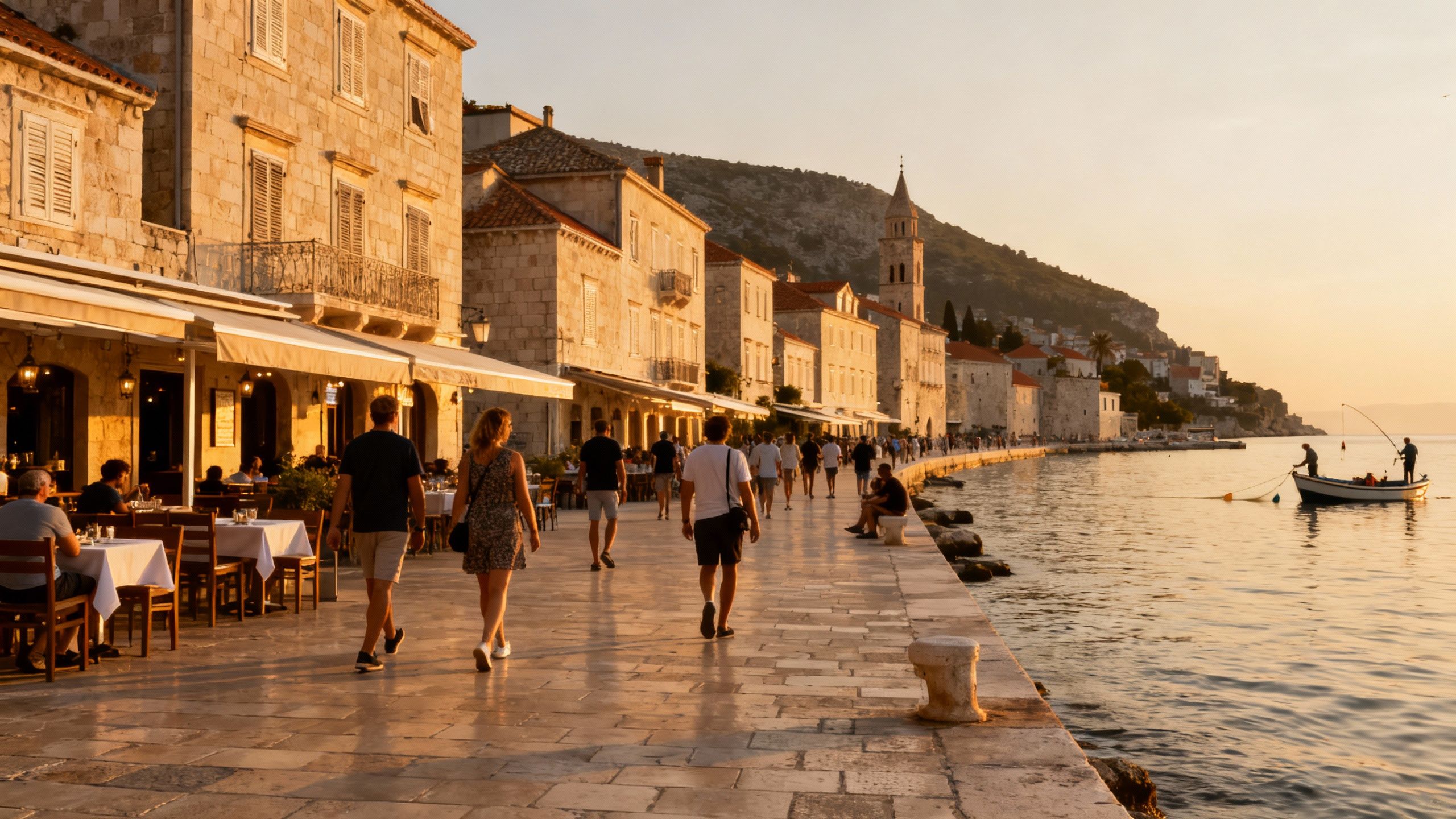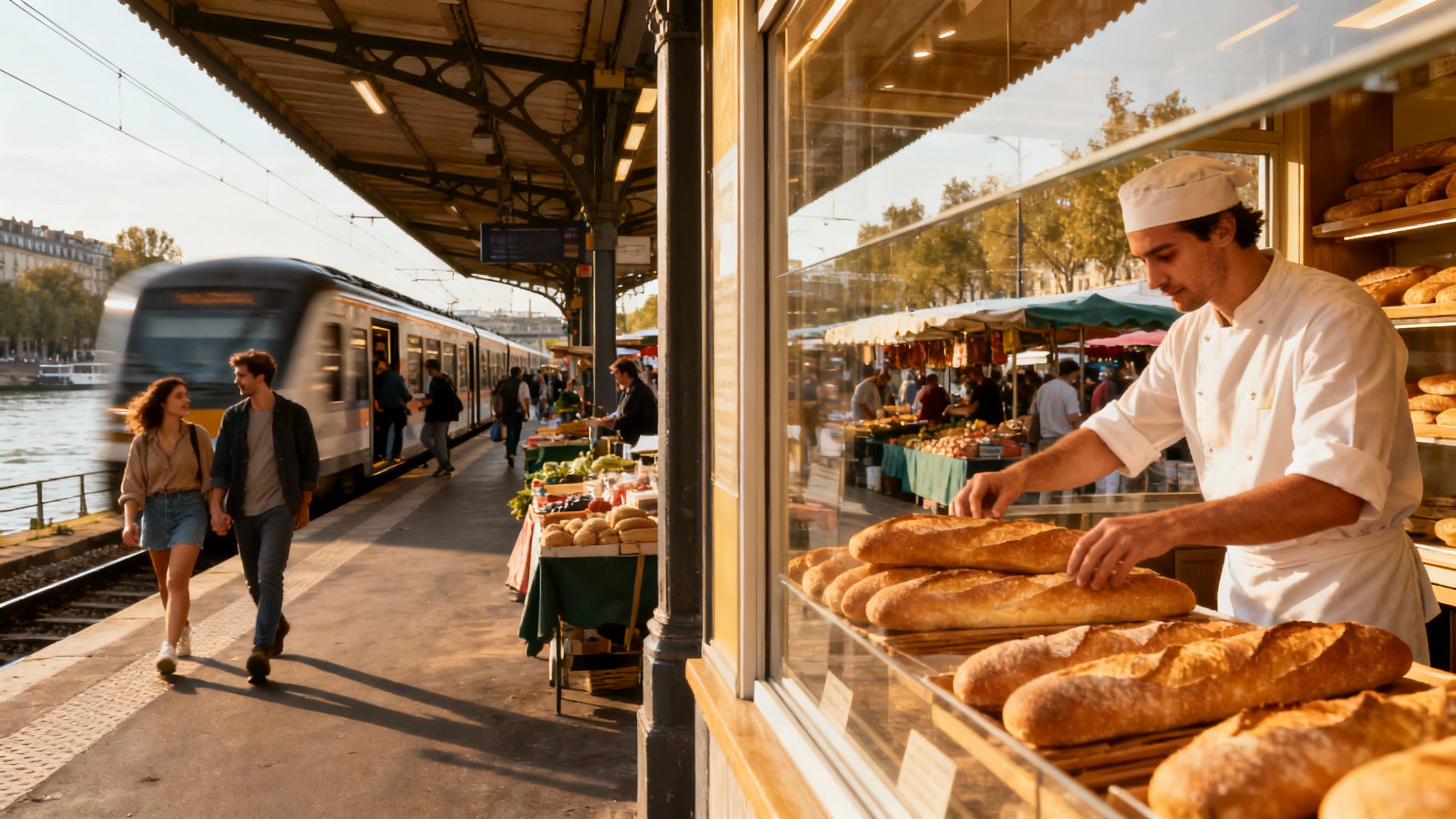Why Winter House‑Hunting Wins in France
Buying in France during the off‑season reveals negotiation leverage, clearer neighbourhood life, and winter‑proofed properties — backed by INSEE and market reporting.
Imagine standing on a quiet November terrace in Antibes, a flat white cup steaming between your hands, the harbour emptied of summer charter boats and rents. The cafés are full of locals again, markets restocked with winter produce, and the negotiating room in estate agencies is calm. This is the France many buyers miss when they only see headlines about summer prices and the Riviera’s glamour.
Living the low‑season French life: why it matters

Low season in France is not just quieter streets. It reshapes supply, pricing cadence and the social fabric of neighbourhoods — from Marseille’s panier district to Biarritz’s quieter winter beaches. Data show transaction rhythms and buyer profiles shift outside peak months, creating opportunit ies for buyers who value authentic daily life over postcard summers.
Riviera in winter: lived-in streets, real negotiation
Picture Nice in January: markets at Cours Saleya, fewer tourists, shorter waiting lists for agents and surveys. INSEE shows France has 3.7 million secondary homes (2024), many clustered on coasts and in holiday departments, which affects seasonal listing patterns and taxes. In low season these homes are more likely to be priced for a sale to a permanent resident rather than holiday yield.
A day that explains the choice: markets, cafés, and community
Start with a weekday stroll to an early market — for example, the marché Victor Hugo in Toulouse or Marché des Capucins in Bordeaux — where stallholders know regulars by name. Afternoon light reveals the true orientation of a terrace, and evening neighbourhood cafés host local debates rather than holiday crowds. That daily rhythm will define whether a property feels like home.
- Winter lifestyle highlights: authenticity over spectacle
- Cours Saleya market, Nice — winter flower sellers and fewer queues
- Rue Cler, Paris — weekday cafés and practical shopping for everyday life
Making the move: practical considerations for off‑peak buyers

Reduced competition in winter matters, but so do practical realities: fewer inspectors on holiday, some contractors scheduling slower, and municipal offices with limited hours in small towns. Le Monde’s recent reporting notes a rebound in primary-residence transactions alongside a fall in secondary‑home sales; that changes bargaining leverage and post‑purchase costs.
Property types that work best for seasonal buyers
If you want daily local life, favour townhouses and apartments in active neighbourhoods over isolated villas marketed to summer renters. Stone farmhouses in Dordogne or a renovated apartment in Nantes provide year‑round community and lower maintenance. Consider insulation and heating systems — winter living exposes these costs fast.
How local experts make the season work for you
- Work with an agent who knows the off‑season calendar: they will schedule viewings with local artisans, advise on municipal registration requirements, and surface properties withdrawn from summer portfolios. Ask for recent utility bills and heating inspections — they tell you more about winter comfort than staged summer photos.
- Negotiate beyond price: winter-ready warranties, a timeline for repairs with local contractors, and flexible completion dates to accommodate administrative processing during municipal slow periods.
Insider knowledge: common surprises expats report
Expats routinely say the largest shock is the rhythm of French bureaucracy and seasonality. Non‑resident buyers are increasingly present in regions such as Nouvelle‑Aquitaine and Occitanie, but processes — from cadastral queries to co‑ownership meetings — slow during holidays and municipal closures. Notaires de France data underline how foreign buying pockets concentrate in specific departments, so local knowledge is essential.
Cultural and social realities that affect where you should buy
Communities in France form around weekly markets, local boulangeries and school catchments. If you’re after integration, choose a district with an active marché and evening cafés where vendors recognise residents. Language matters — a few conversational phrases open doors — but presence and consistent local routines matter more for long‑term belonging.
Hidden costs and seasonal traps
- Higher heating bills if insulation is poor; municipal surtaxes on second homes in popular departments; contractor surcharges outside of main building season; and delayed permit processing in small town halls during winter holidays.
Practical next steps: plan a winter visit, align with an agent who works locally year‑round, and prioritise inspections that reveal winter performance — heating, damp, sun exposure. Think like a resident before you think like a tourist.
Conclusion — buy the life you want, not the season
France’s charm is a 12‑month proposition. If you love quieter local markets, reliable neighbours and a residence that works year‑round, the off‑season reveals opportunities and truths that peak‑season listings hide. Start with a winter reconnaissance, bring winter bills to inspections, and work with a local agent who treats seasonality as part of the brief.
Swedish expat who moved from Stockholm to Marbella in 2018. Specializes in cross-border legal navigation and residency considerations for Scandinavian buyers.


